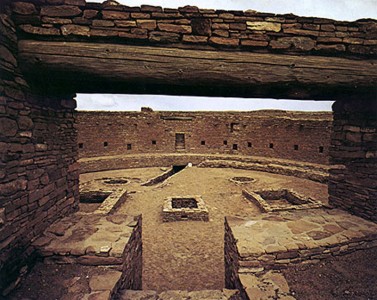
Within the Northwest region of New Mexico is located a lengthy, low arroyo generally known as Chaco National Historic Park. Chaco Canyon National Historic Monument is nearly unreachable, as it means traveling over bouncy, unmaintained earthen roadways to reach the entrance. Should you get an opportunity to take a trip to Chaco Canyon to experience Chaco's asa Chiquita Ruins, keep in mind that the Ancestral Puebloans were formative Native American Indians, and their consecrated areas deserve our reverence and admiration. The observable rock is proof of of the unhurried tempo of disintegration, geologic material that is countless centuries old is effortlessly viewed. The Arroyo is regarded as being high land, at an altitude of 6200 feet, with windy, icy, winter months and hot and windy summer months. When early men and women originally populated Chaco Canyon National Monument in somewhere around two-thousand nine hundred BC, likely when the weather is likely to have been a bit more enticing.
Around eight-fifty AD, a spectacular transition happened, and the Archaic Anasazi jumped right into designing complex natural stone structures. These complexes are Great Houses, & they are present as ruins even now at Chaco Canyon National Historic Park Creation and technology tactics not previously known in the South-west USA were needed to produce all of these houses. Kivas & Great Kivas became a core element of The Great Houses, these round, buried sites were most likely put to use for religious ceremonies. For a staggering three hundred, Chaco Canyon National Monument endured as a societal site, until situations and problems led the masses to leave the canyon. Maybe, much lower precipitation, control obstacles, or environmental factors induced the abandonment to start. Chaco Culture National Historic Park across the years 950 AD and 1150 AD is the most famous true puzzle of the AmericanSouth-west.
To learn more pertaining to this awesome region, you can get started by visiting this informative source related to the period.